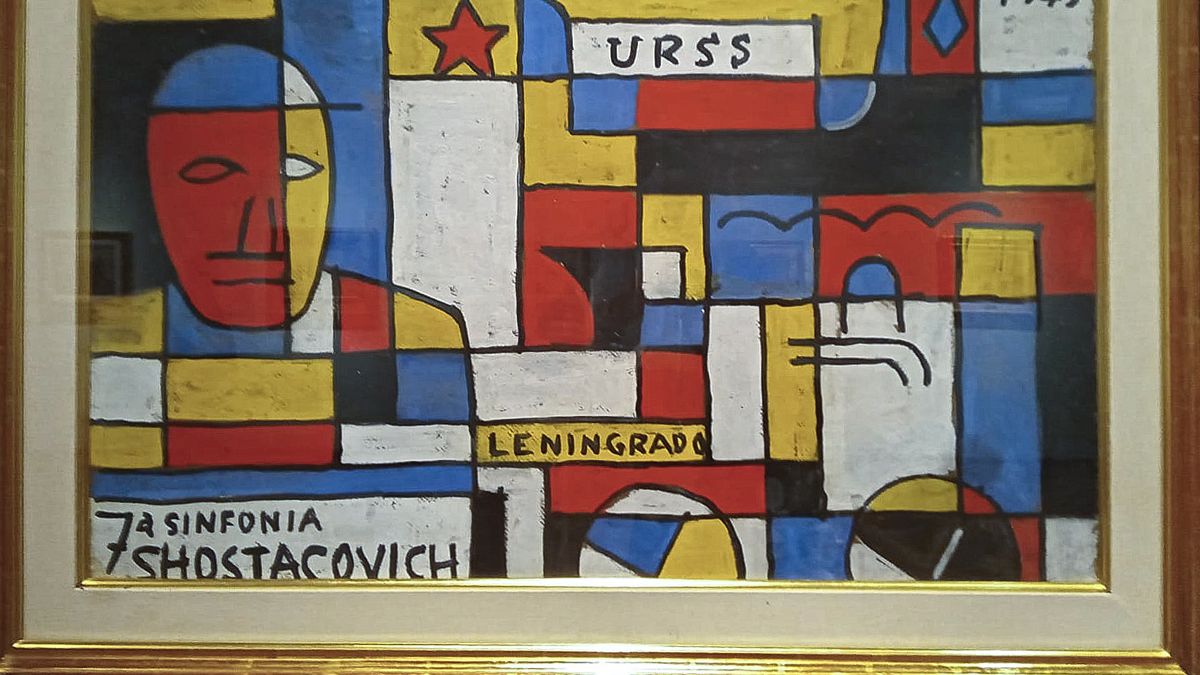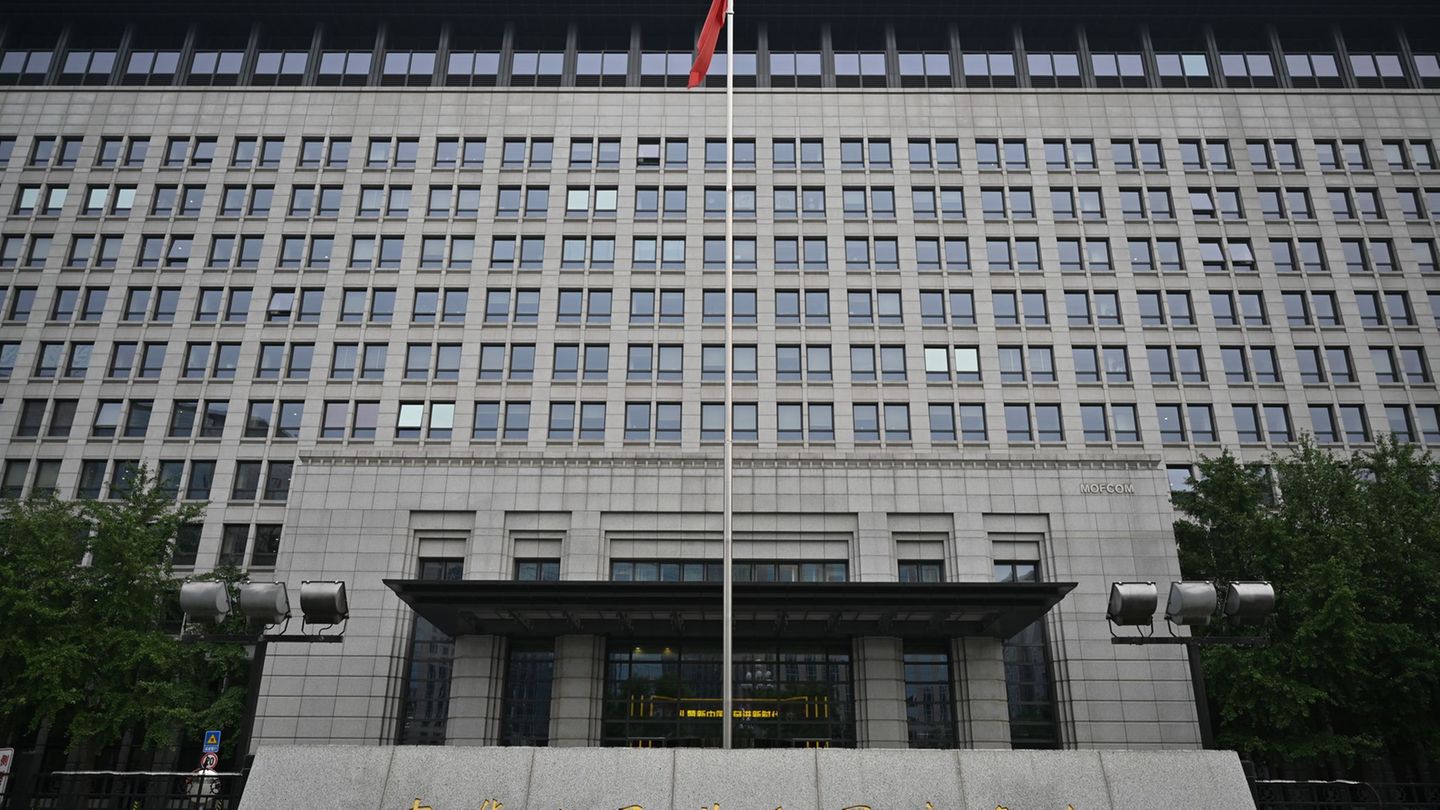Can you continue writing about Joaquin Torres Garcia and his monumental work, acclaimed and highly valued in the world, which still transcends despite the rivers of ink that have flowed over it? You can, and also continue admiring the paintings, drawings, toys, calligraphic books and writings of the Uruguayan master born in Montevideo in 1874 and died in that city in 1949.
On the occasion of the 150th anniversary of his birth, an extraordinary set of works is presented in the National Museum of Fine Arts under the curatorship of Cristina Rossititled “Test and Conviction”whose catalog includes texts by the aforementioned curator, Silvia Dolinko, Gonzalo Aguilar and Andres Dupratdirector of the Museum.
Existing pieces in public and private collections are included, among them, nine paintings from the Museum’s heritage that join a series of tributes in the main cultural institutions of the world, not counting those made in Uruguay.
Beyond the plastic work exhibited, the research carried out is notable in terms of the attractive chronology that invites you to read it, displayed along one of the entrance walls to the rooms, early illustrations for books and magazines, refined drawings, example, “The Lady in Black” (1906), charcoal on paper, paintings from 1920 as “New York landscape”the frontality of “Abstract Street” (1928) or “Constructive Cathedral” (1931) belonging to the Museum’s collection.
The construction painting dedicated to the 7th symphony (1941), dedicated to Shostakovichyear of the Nazi invasion of Russia in memory of the men who fought to prevent the taking of Leningrad.
Torres Garcia He always separated the political content from the artistic expression but included the red star, the hammer and the sickle in addition to the inscriptions. “Leningrad” and “USSR”. The work preserves the imprint of the censorship that governed Uruguay during the military dictatorship that began in 1973. His family decided to cover the political references with tempera. Today there are no traces of the repainting, but this episode of self-censorship is documented.
In 1881 he moved to Spain, studied painting and engraving in Catalonia, joined a group of Catholic artists such as the Saint Luc Artistic Circle, collaborated with Gaudi in the stained glass windows of the Sagrada Familia. In 1910 he made mural canvases in Barcelona and Sarriá, he was invited to decorate the ceiling of the Uruguay Pavilion at the Universal Exhibition in Brussels.
In 1917 he published the aesthetic principles of his painting in the book “Notes on art”. He creates his first transformable toys in wood and together with the Uruguayan Rafael Barradas exposes his vibrationist compositions. He traveled to Paris, edited in 1930 with Michel Seuphor “Cercle et Carré”a magazine that promotes constructive-abstract art, also goes to Italy and New York. In 1934 he returned to Montevideo, carried out a great teaching task and in 1944 founded the legendary Taller Torres García. He publishes his great book “Constructive Universalism” in which he expressed his ideas, concerned about the aesthetic and philosophical training of young people.
Torresgarcia’s work is full of symbolism of a cosmic nature, of the study of symmetry related to the Kabbalah and its hermetic references, of the key words of his concrete, metaphysical and universal art, words such as form, structure, order, harmony. Wandering artist, he will finally find his place in the world in Montevideo: “Neither in Buenos Aires nor in Montevideo one can imagine that they are in Europe. “The light already indicates it.”.
The room is also illustrated by its famous inverted map: “our North is the South… now we turn the map upside down and then we have a fair idea of our position and not as they want in the rest of the world”. “America would have to give unprecedented art. In himself every American artist would have to fight the great battle that is continually being waged between the Universal Man and the individual man.”keys to his thought that appear in Constructive Universalism whose full title is “Contribution to the unification of art and culture”.
But it must be clarified that Torres Garcia He never fell into archaeology, nor into making South American pastiches, nor into folklore, nor into indigenous plagiarism, which is so fashionable today in that kind of vindication of native peoples that has “just been discovered” in art. “It is something that must be avoided at all costs” stated the Uruguayan philosopher Juan Flo (1930-2021), a great analyst and expert in the master’s work. “Joaquín Torres García – Essay and Conviction”an unavoidable exhibition, closing in March 2025.
Source: Ambito
I am an author and journalist who has worked in the entertainment industry for over a decade. I currently work as a news editor at a major news website, and my focus is on covering the latest trends in entertainment. I also write occasional pieces for other outlets, and have authored two books about the entertainment industry.




